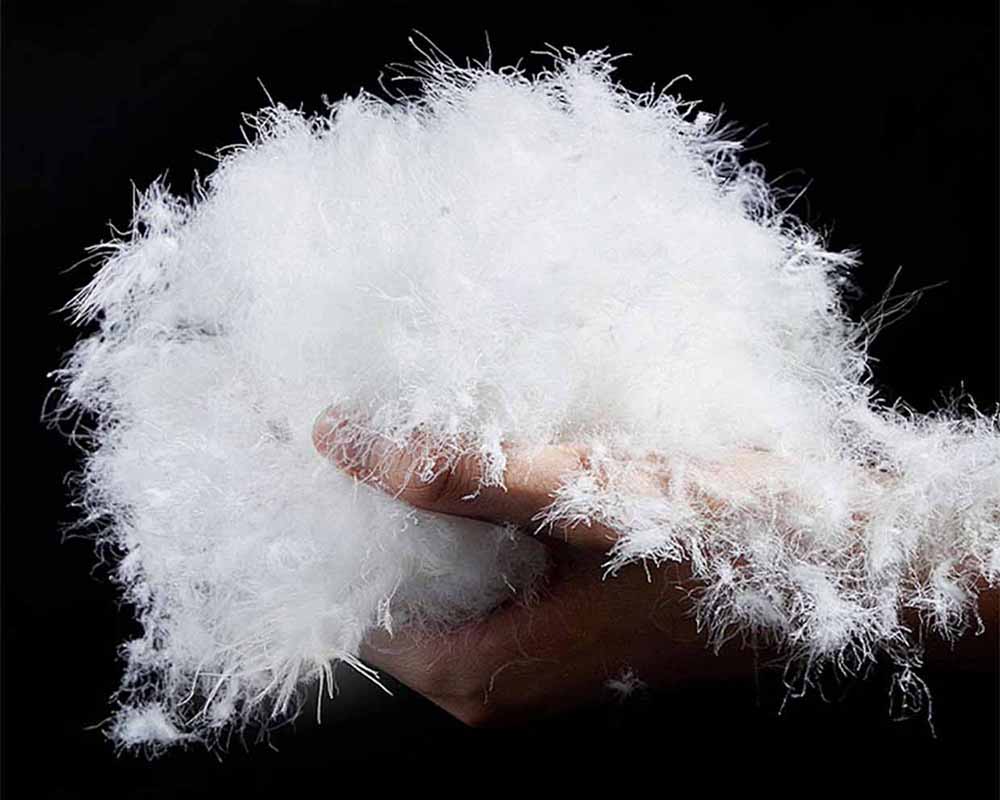Down sleeping bag is core equipment for outdoor activities. Their warmth and durability depend on the fluffiness of the down and the integrity of the fabric.
However, improper cleaning methods may cause the down to clump, damage the fabric, or reduce the warmth performance.
Based on the practice of outdoor equipment care, research on textile materials, and the advice of authoritative institutions, we systematically analyzes the scientific methods of cleaning down sleeping bag, aiming to provide professional guidance for outdoor gears.
Scientific basis and principles for cleaning down sleeping bag
Characteristics of down materials and cleaning challenges
Down is composed of the down of waterfowl feathers, and its warmth depends on the air storage capacity between the down. During the cleaning process, improper mechanical force or chemical agents may destroy the structure of the down, resulting in a decrease in fluffiness.
Studies have shown that the natural oil layer of down is repellent to water, but frequent washing will weaken this property. Therefore, cleaning needs to balance the balance between decontamination and oil protection.
Influence of fabric and sewing process
Modern down sleeping bags are mostly made of high-density nylon or polyester fabrics, and are combined with anti-drilling stitching technology.
However, high temperature, strong alkaline detergents or severe friction may still damage the fabric coating, resulting in reduced waterproofness or cracking of the stitches.
Optimization of cleaning frequency
The cleaning frequency of down sleeping bags should follow the principle of “minimum intervention”. Frequent cleaning will accelerate the aging of the material.
It is recommended to reduce direct contact with dirt by using an inner liner, and deep cleaning only when there are obvious stains or odors.
Standardized process for cleaning down sleeping bag
Pretreatment and local decontamination steps:
- Inspection and marking: Lay the sleeping bag flat and identify oil stains, sweat stains or mud areas.
- Local treatment: Use a soft brush or sponge dipped in a down-specific detergent (pH neutral) and gently clean the stains in circles. Avoid using detergents containing enzymes or bleaching ingredients to prevent decomposition of down grease.
- Scientific support: Japanese laundry expert Yuichi Nakamura proposed that pre-washing can reduce the mechanical force required for overall washing, thereby protecting the structure of the tuft.
The trade-off between hand washing and machine washing
- First, spread the sleeping bag flat, check for dirt, oil stains, and mud, and wipe it lightly with a cloth.
- If there are stains that cannot be wiped off, use tools such as toothbrushes and small brushes to carefully clean them. Small areas of dirt can be washed separately (please use mild detergent).
- If the sleeping bag must be washed, use a special down detergent, hand wash or machine wash (hand washing is recommended).
Recommended steps for hand washing:
- Soaking: Add 86°F / 30°C warm water and special detergent to a bathtub or large container, and completely immerse the sleeping bag.
- Gentle pressure: Press with the palm of your hand instead of rubbing to promote detergent penetration and prevent the tuft from shifting.
- Rinse: Rinse repeatedly with clean water until there is no foam left to prevent detergent residue from reducing the fluffiness.
Precautions for machine washing:
- For drum washing machines only, select “down mode” or “gentle washing” to avoid high-speed stirring in pulsator washing machines.
- Add tennis balls or laundry balls to assist in beating the velvet to prevent clumping.
Key technologies for dehydration and drying
- Dehydration method: Use a washing machine for short-term dehydration (30 seconds each time, repeated 3 times), and manually adjust the shape of the sleeping bag at each interval to prevent uneven distribution of the velvet.
- Drying process: Shade drying: Lay flat in a ventilated place to avoid direct sunlight that may cause the fabric to harden.
- Low-temperature drying: If using a dryer, set the low-temperature mode (≤140°F or ≤60°C) and add a clean tennis ball, and continue drying until the down is completely fluffy. The dryness can be confirmed by patting the test: if the down moves freely with shaking, it means that there is no moisture left.
Care and Storage
Daily maintenance
- Storage without compression: Long-term compression will destroy the elasticity of the down, and a loose storage bag should be used.
- No exposure to the sun: Ultraviolet rays accelerate the aging of the fabric, and short-term drying should be controlled within 2 hours.
- No dry cleaning: Dry cleaning agents dissolve natural oils and reduce the water resistance of down.
After confirming that the sleeping bag is completely dry, check that there are no lumps of down before placing it in a storage bag and storing it in a dry environment. (If the house is humid, turning on the dehumidifier can also help maintain the sleeping bag)
Repair and emergency treatment
- Down exposed: Gently pull back the down from the inside and use your fingertips to rub the pores of the fabric to prevent expansion.
- Mold stain treatment: Apply a mixture of white vinegar and water (1:3) locally, let it stand for 10 minutes and then gently wipe it.
Our Suggestions
Daily maintenance
Cleaning down sleeping bag should minimize damage and maximize lifespan. We recommend you:
Prioritize local cleaning and reduce the overall cleaning frequency;
Choose special detergents and low-temperature drying technology;
Follow the principles of no dry cleaning, no compression storage, and no exposure to the sun to extend the service life of down sleeping bags.
Tips:
Sleeping bags do not need to be washed every time you go down the mountain. It is recommended to use them with sleeping bag inner covers.
When climbing, you are always sweating all over, and your clothes may be covered with dust and mud before getting into the sleeping bag.
At this time, it is very convenient to use the sleeping bag inner cover, which can not only keep the sleeping bag clean, but also reduce the number of times the sleeping bag is washed.
If the sleeping bag does not have a serious odor or is not dirty, the number of cleanings should be reduced as much as possible to avoid the possibility of reducing the warmth of the sleeping bag!










